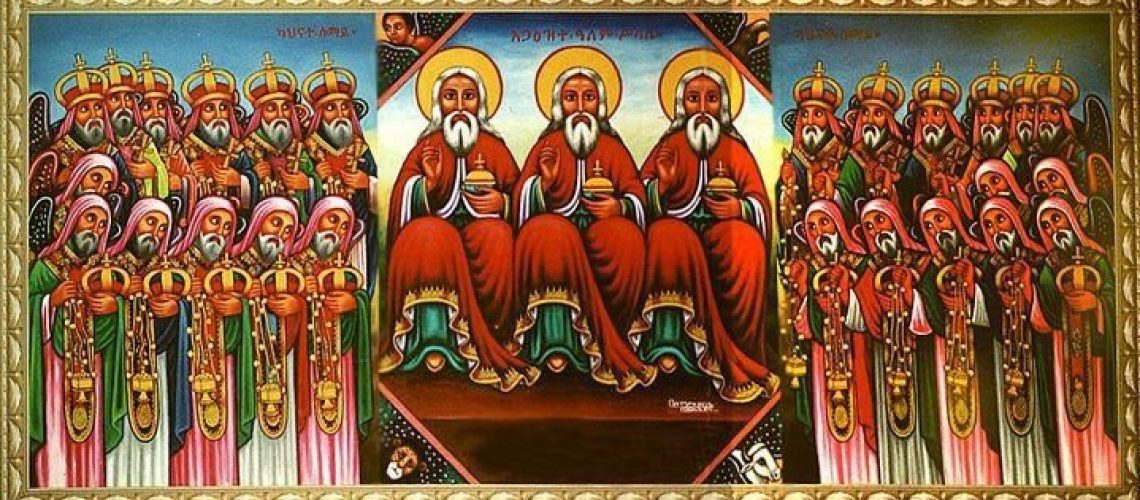“True friends face the same direction, toward common projects, interests and goals” –C S Lewis
Humanity Divided
As time passed by, the world was divided by languages, tribes, occupations, etc. These divisions could not heal unless everyone desired unity. For many generations, humans failed to find a uniting factor.
Centuries later, the Logos (the second person of Trinity) became a human being. In being human, He revealed to humans the mystery of the Holy Trinity.
The doctrine of the Trinity, in a nutshell, is that God is one in His essence although He is revealed in three persons: Father, Son and Holy Spirit. Such concept was too difficult for people to grasp back then as much as it is for non-believers today.
In the fourth century, there were controversies around the Trinity. Cyril of Alexandria, a Christian theologian, gave an analogy which states that “Paul and John are two different persons according to their personhood yet they are one according to their essence as human beings. Likewise, the Father and the Son are distinct as two persons yet they are one according to their shared divine essence.”
Humanity’s Hope for Unity
Knowing that God is the creator of time, space and matter, He must be beyond this which He created. Therefore, Paul and John are separated by time, space and matter, whereas the Persons of the Trinity are inseparable as they are not bound by such elements.
And though space, time and matter factor into our diversity, the divided wills of the various human beings emerge as the sharpest distinction between us and the persons of the Trinity who share one will. The Trinity shares one will and one action as many Christian theologians would say, “The Father does all things by the Son through the Holy Spirit.”
United in Him
Human beings could not agree neither in terms of their will nor their actions. The Logos of God revealed God;s will to the human race. His will is that all may be saved. He pleaded with His Father “that all of them may be one, Father, just as you are in me and I am in you. May they also be in us so that the world may believe that you have sent Me” (John 17:21).
To be one is therefore to become in God, who is a trinity, a unity in diversity. This is accomplished through us uniting our will with His one will. In this manner, we retain our distinction while we unite ourselves to one another and to Him.
Unity vs. Uniformity
Think of a puzzle! If all the pieces are identical, how can they be attached to one another? It is only because they are diverse that they can be united. We are united, not in spite of our diversity but because of our diversity.
Therefore, we must not confuse unity with uniformity. We must retain our uniqueness while uniting our wills. The classic Christian analogy of the body of Christ is a vivid example of this. All Christians are to be distinct and unique members of the same body.
Concluding Remarks
Today, the world is tarnished with egoism and tribalism. Such egoism is reflected in the ancient Jewish liturgical worship in which a Jewish man would pray, “I thank God for I am a man not a woman, a freeman not a slave, a Jew not a gentile.” Paul, an apostle who converted from Judaism to Christianity, countered that by saying, “For there is no longer man or woman, salve or free, Jew or gentile but all are one in Christ.” We ought to be aware of our diversity but we must not confuse it with partiality for “with God, there is no partiality.” We must distinguish between unity and uniformity, diversity and partiality while praying and working “for the unity of all.”
- Ethiopian Tawahedo Orthodox icon of the Holy Trinity

